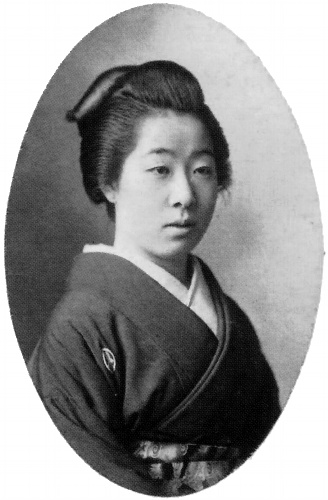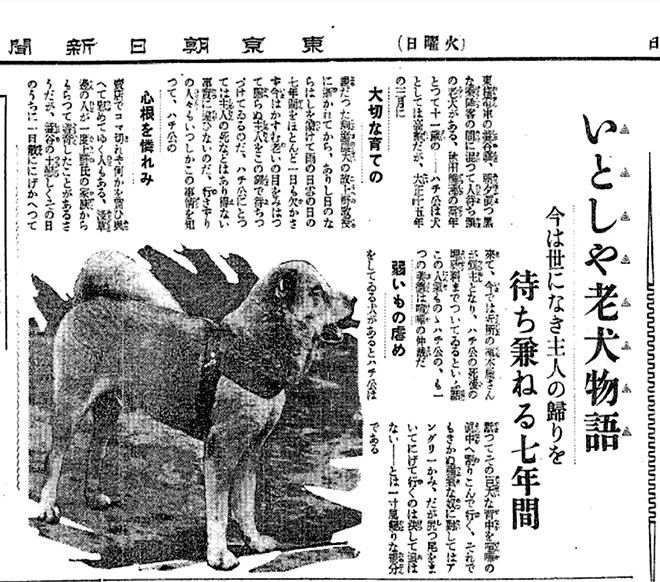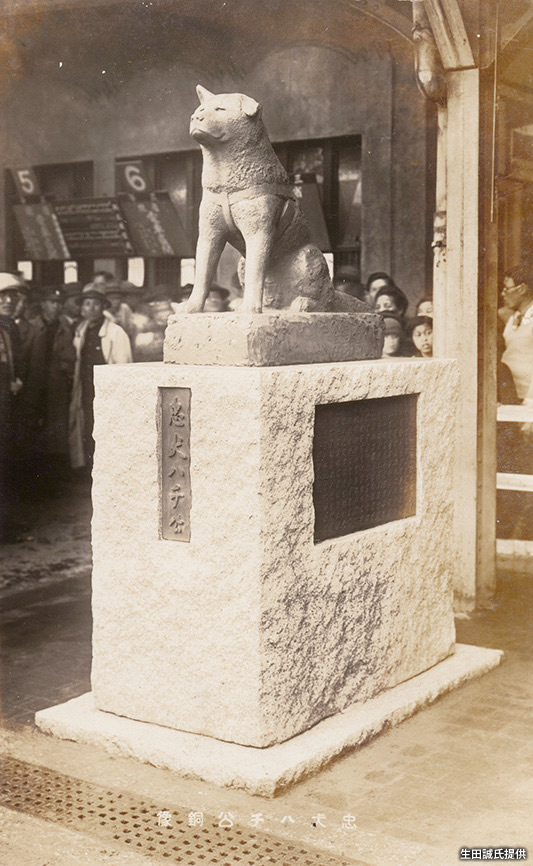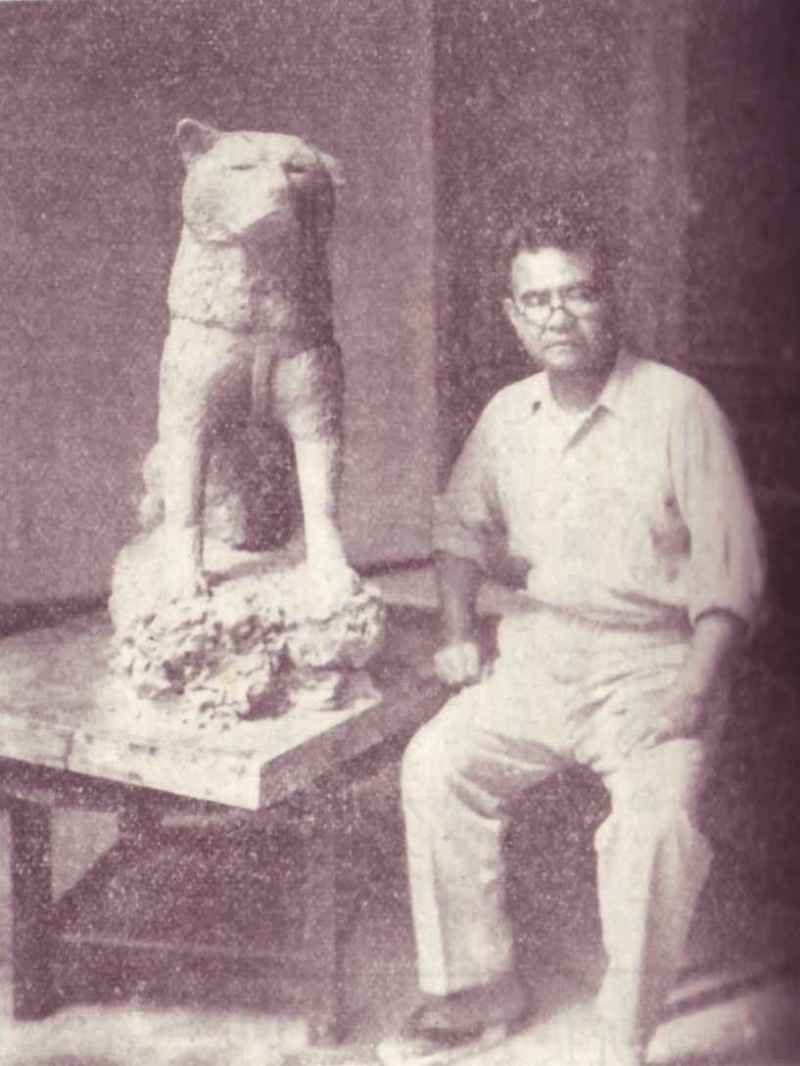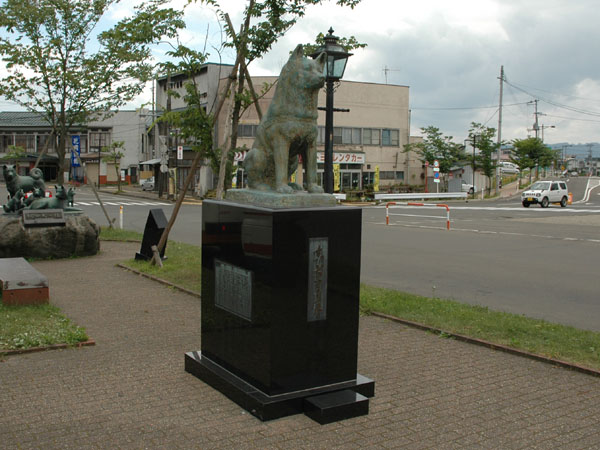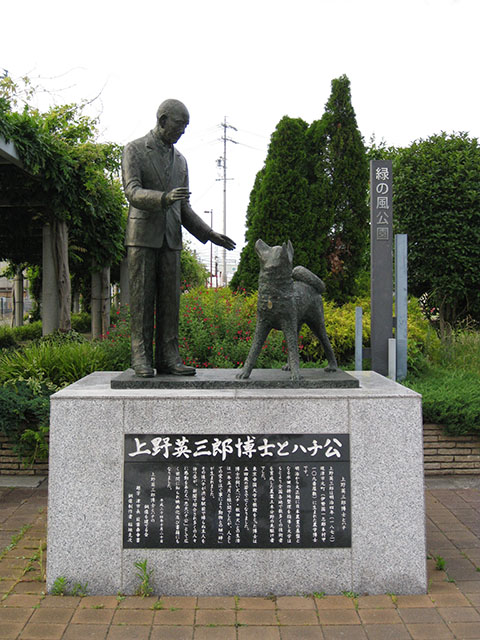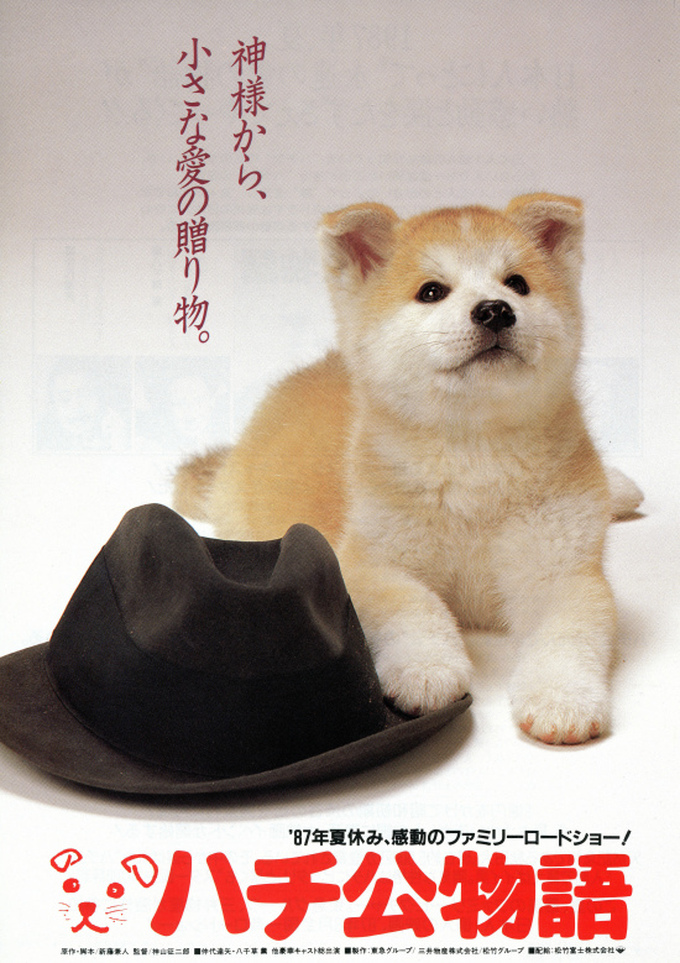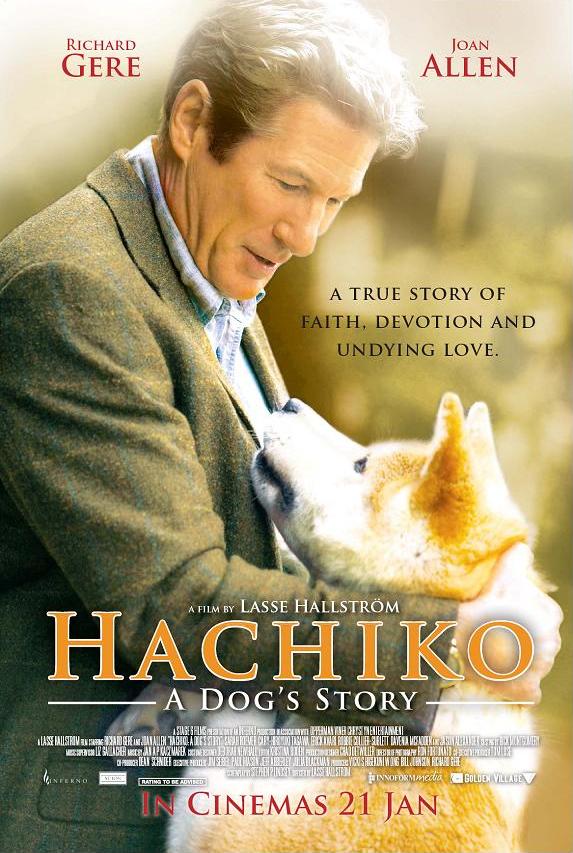Hachiko: Japan’s Most Beloved Dog
Visiting Shibuya: Hachiko Memorial Statue Guide
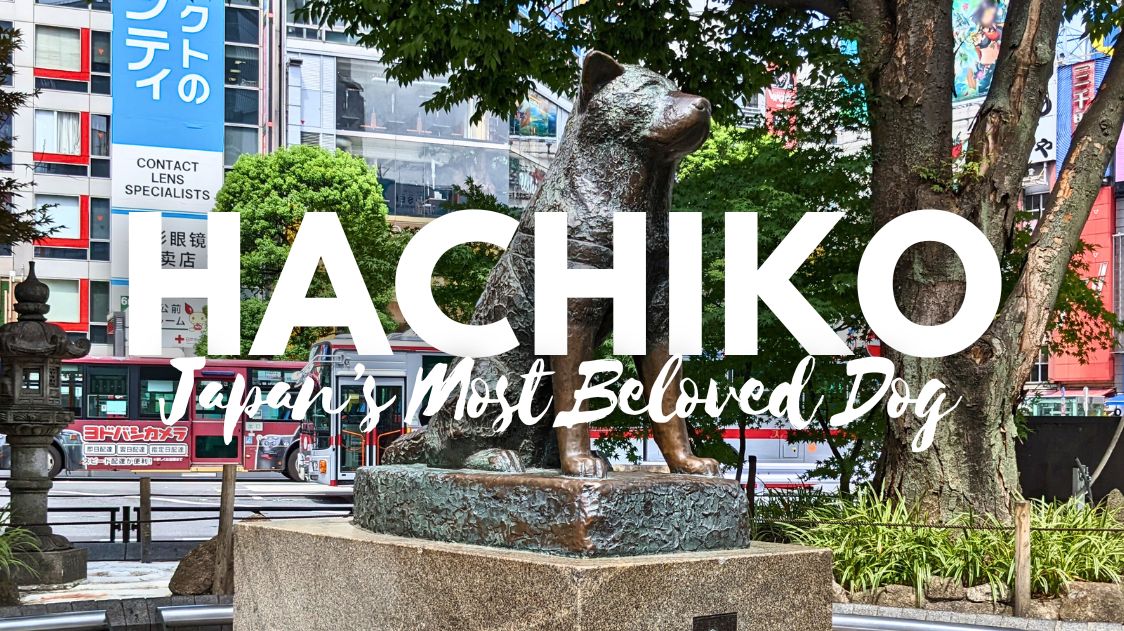
In the heart of Shibuya, one of the most dynamic districts in Tokyo, there’s a symbol that has conquered people all around the world for its strong loyalty and love. The Hachiko Memorial Statue, next to Shibuya Station, commemorates the story of Hachi (later known as Hachiko), an Akita dog renowned for his devotion to his owner, Professor Hidesaburo Ueno.
For nearly ten years, Hachiko kept returning frequently to the station for Ueno, who had unexpectedly passed away. This touching tale has resonated globally, making the statue a popular meeting spot and a must-visit landmark for tourists. The story of Hachiko not only highlights the deep bond between humans and dogs but also serves as a poignant reminder of the impact of love and loyalty.
Today, visitors from everywhere come to pay their respects and reflect on the remarkable dedication of one dog, whose story continues to inspire and move people of all ages.
If you need a general overview of the Shibuya area, don’t miss our All-in-One Guide to Shibuya!
What is the Hachiko Memorial Statue?

His story became a national sensation in 1932, and a statue was erected in 1934, a year before the dog’s passing, and since then has become a symbol of devotion and fidelity. Because of its location in Shibuya, one of the prime entertainment districts in Tokyo, it is a popular meeting spot and tourist attraction.
Hachiko’s Real History: From Akita to the World
In January 1924, a two-month-old Akita puppy left his rural home at a specialized breeder in Odate City, Akita Prefecture, for Tokyo. This puppy, soon to be known as Hachi, was a gift from Chiyomatsu Yomase (世間瀬千代松), a former student of Ueno who was working at the Akita Prefectural Office. Dr. Ueno, a very prominent professor at the Agriculture department of Tokyo Imperial University (Tokyo University nowadays), was a great dog lover and had specifically requested an Akita puppy as a gesture of thanks for his guidance.
The train trip, meant to deliver him to his new owner, was prolonged to 20 hours due to frequent stops caused by aftershocks from the Great Kanto Earthquake, which happened a few months prior. Arriving in the midst of winter, the puppy was frail and very sick, so Ueno took it upon himself, along with his wife, to nurse the puppy back to health.
He fed him very carefully and cared for him like a child and even let him sleep on the same bed, developing a profound bond. It is said that he was named “Hachi” as a playful reference to the way his legs looked then standing, like the kanji for the number eight (八).
Hachiko quickly became a part of their family, especially significant for Dr. Ueno, who had previously struggled to raise Akita dogs successfully. Reportedly, four previous Akita dogs didn’t make it to 1 year, much to his dismay, so this time, Ueno wanted to make sure he would pour all his resources for the wellbeing of the newcomer. Unlike his other dogs (the family also had two pointer dogs), Hachi was given a special place near the veranda of Ueno’s room and was a constant companion during family events.
A Happy Lifestyle Cut Short
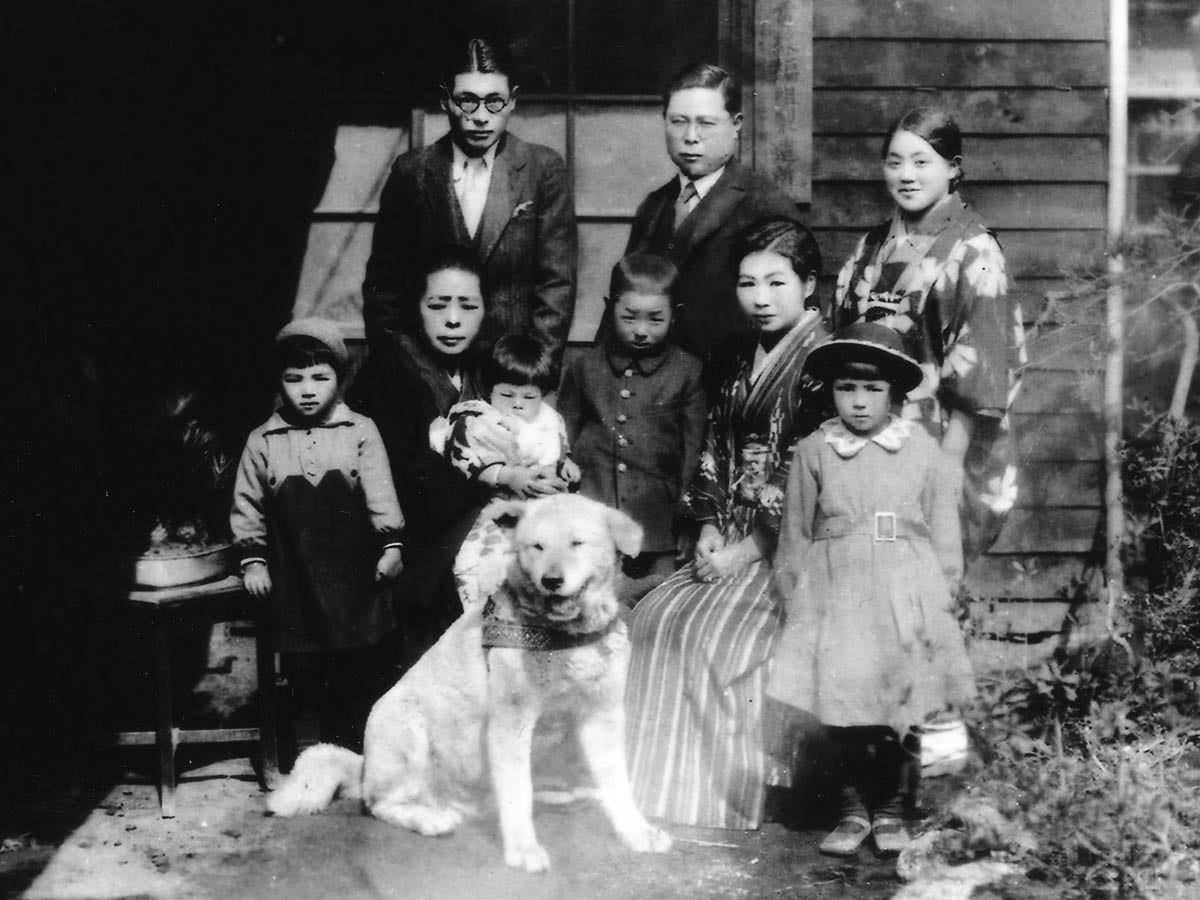
Every day, Hachiko would accompany Dr. Ueno during his walks to the Komaba Campus of Tokyo Imperial University or to Shibuya Station as the professor often traveled for work, and then would greet him again upon his return. This routine continued until May 21, 1925, only 1 year and 4 months after Hachi’s adoption, when tragedy struck. Dr. Ueno collapsed at work and died suddenly after a cerebral hemorrhage.
After Dr. Ueno’s death, his widow Yaeko had to move and leave their home, unable to keep Hachiko and the pointer dogs. Hachiko was passed from one relative to another, none of whom could provide the same level of care this large and energetic breed needed. The first relatives had a kimono shop in Nihonbashi and the dog would cause problems trying to play with the customers as the owners didn’t have time to look after him.
Then he wound up with other relatives in Asakusa and Hachi would often escape to Shibuya. For a while after this, Yaeko could take care of Hachi again when she was able to relocate to a farmhouse in Setagaya, but the playful dog would often run into trouble getting into the neighbors’ farmlands and sometimes running away to the Shibuya Station area.
Heartbroken by the dog’s deep yearning, she made the difficult decision to entrust him to their former gardener in Shibuya, Kikusaburo Kobayashi, who had been close to Hachiko since his puppy days. But the struggles didn’t end there as Hachi’s persistent presence at the station would often lead to misunderstandings, with him being frequently mistaken for a stray and captured or mistreated.
The Article That Sparked It All
His story took a turn in June 1928, 3 years after Ueno’s death, when Hirokichi Saito, founder and chairman of the Japanese Dog Preservation Society, found Hachi by chance in the street and became aware of the sad story after following him home and interviewing Kobayashi. He started tracking Hachi’s whole history and became deeply interested in the dog’s plight.
Hachi’s health began to decline in the following years, and his harness was being constantly stolen when he was by himself around the station, which is why he was often mistaken for a stray. The severe crisis of 1930 led to an increase in abandoned pets, and some of those would end up killed.
Fearing for the dog’s safety, Saito eventually sent a letter with Hachi’s story to the Tokyo Asahi Shimbun and an article was finally published in October 1932, bringing national fame and an outpouring of support to Hachi, who would then on start start to be known as Hachiko as the story kept being amplified nationwide the following year, cherished as a symbol of loyalty.
You can see the original article in the following image and a translation of the contents:
An Old Dog’s Tale: Seven Years of Waiting for His Master’s Return
At Shibuya Station on the Toyoko Line, there is an old dog, an Akita mongrel*, eleven years old since the time of his birth, waiting among the engrossed passengers in the morning and evening since March of Taisho 15 (1926), after his beloved master, the late Professor Ueno of Komaba Agricultural Campus, passed away. He has been waiting at the station for his master, who has not returned home, with eyes blurred by old age, almost without missing a single day in seven years of rainy and snowy days. Some passersby, having come to know Hachiko’s story, sympathized with his loyal heart and buy him treats from station vendors to comfort him. A man from Asakusa once took Hachiko in his care from Ueno’s family, but he missed the soil of Shibuya so much that he ran away that day, and now a neighborhood gardener is his owner, and even paid for Hachiko’s burial after his death. Hachiko’s other virtue was his ability to break up fights. Whenever there was a dog that was bullying a weaker dog, Hachiko would silently put his huge back into the middle of the fight, and if the dog was still stubborn enough to resist, he would give a firm bite, but would never chase those who run away with their tails between their legs. –He is indeed a unique boss.
(October 4, 1932, Tokyo Asahi Shimbun, page 8)
*Asahi Shimbun issued an apology and correction a few days later stating that the dog was actually a purebred Akita.
Rise in Popularity and Memorial Unveiling
After the story was published, raising awareness about Hachiko, his situation slowly improved with even the station personnel helping to look after the dog. Teru Ando, a sculptor and a longtime acquaintance of Sato, knew about the dog’s history and eagerly accepted a request from the Japanese Dog Preservation Society, of which he was also a member, to make a bronze statue in 1934.
After a successful donation drive that involved the general public and other railroad agencies, the bronze statue in front of Shibuya Station was unveiled on April 21th of the same year. It was a grand ceremony filled with hundreds of people, including the organizers, Ueno’s widow, as well as officials from the Ministry of Education and the Ministry of Railways, besides Hachiko himself.

On March 8, 1935, Hachiko was found dead near Shibuya Station, at 11 years old. His passing made headlines the following day and a funeral was held a couple of days later. His remains were buried next to his master’s tomb in Aoyama Cemetery and his skin was made into a stuffed animal currently on display at the National Museum of Nature and Science in Ueno.
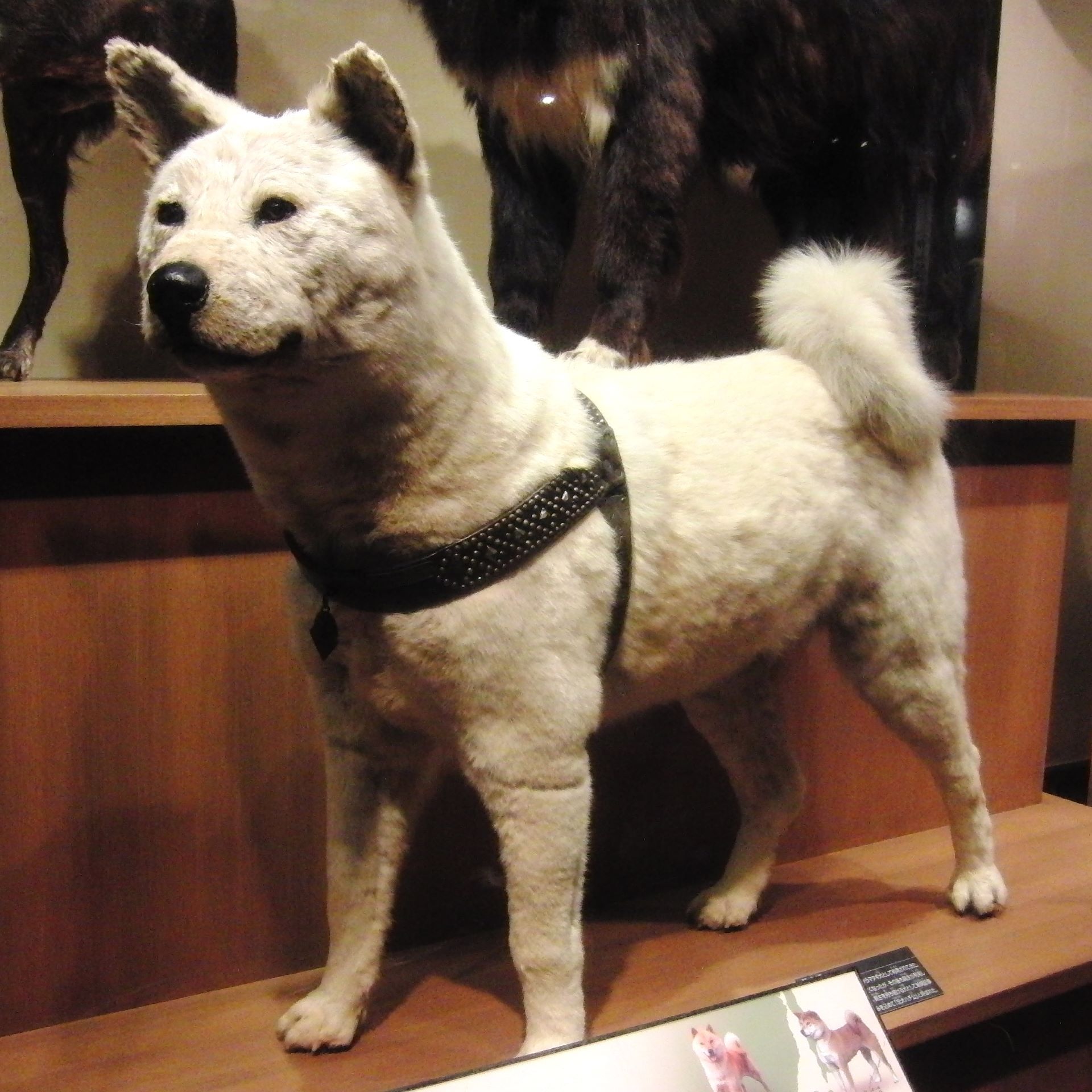
Other Hachiko Memorials
In Tokyo
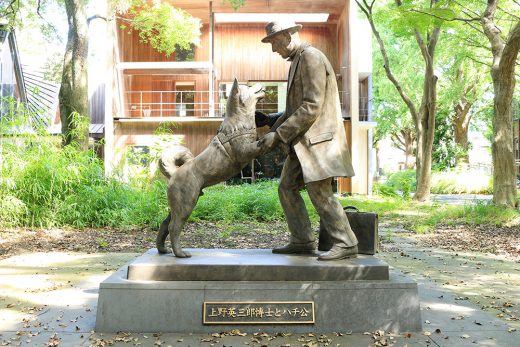
In 2015, a bronze statue was erected at the University of Tokyo’s Agriculture Department by sculptor Tsutomu Ueda, depicting Hachiko joyfully reunited with Dr. Ueno, and in this way celebrating their deep bond. Not as popular as the Shibuya Memorial, but quite a few visitors also stop by to pay tribute here.
In Akita and Mie Prefectures
Several statues are dedicated to Hachiko in his birthplace, Odate City in Akita Prefecture. These include a statue at Odate Station and another at the Akita Dog Museum, celebrating his legacy in his hometown. A statue of Hachiko is also located at Tsu Station in Mie Prefecture, symbolizing the widespread admiration for his loyalty across Japan.
Differences from the Hollywood Movie
In 2009, an American remake of the 1987 movie Hachiko Monogatari was released. Besides the obvious differences in setting, as the movie “Hachi: A Dog’s Tale” takes place in a small American Town, the depiction of events has very little to do with the real life story, and several plot points are just made up or severely distorted just for the sake of entertainment:
- The movie depicts the puppy being found by chance abandoned at a train station, while the real-life Hachiko was a specific request from his owner.
- The movie version shows the wife is against keeping the dog, when the actual wife, as per all the records, cared as much as his husband about the puppy from day one according to the accounts of the time.
- Movie Hachi gets to spend several years with the family. Real-life Hachi only spends 1 year and 4 months with Ueno.
- An important plot point of the movie revolves around Akita dogs being untrainable. While Akita dogs are highly intelligent and thus more challenging to train, this statement is nonsense.
- The real Hachi didn’t behave any differently the day Ueno died.
Is the Hachiko Memorial Statue Free?
The statue is located in the square near Shibuya Station and is open to the public 24 hours a day. Due to its prime location, it’s challenging to suggest an ideal time to visit, as the area is usually crowded at all hours. However, if you’re worried about waiting too long for a photo, rest assured that the lines typically move quickly.
How to Get to the Hachiko Memorial Statue in Shibuya
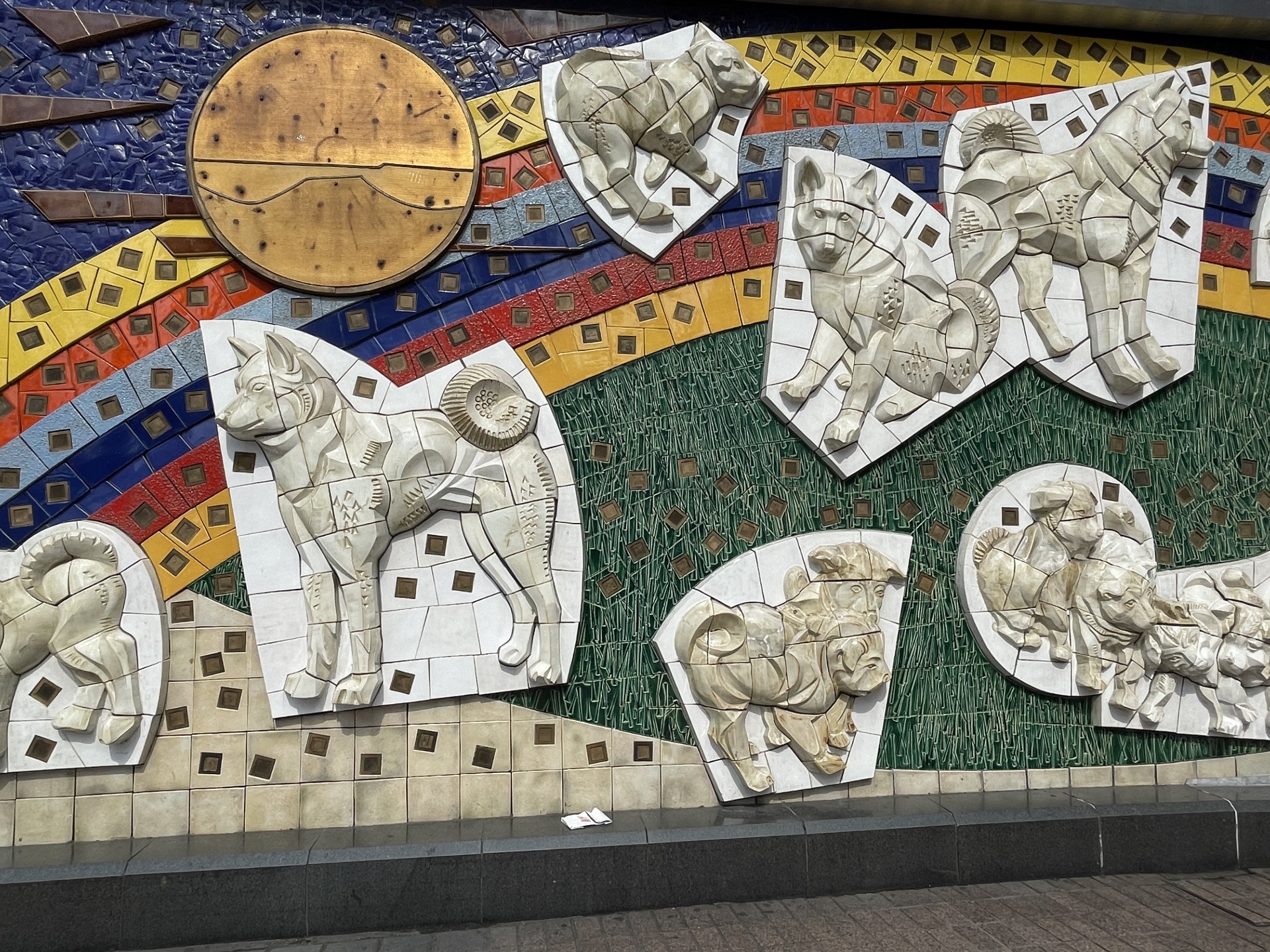
To visit the Hachiko Memorial Statue in Shibuya Station, the easiest way is:
- JR Yamanote Line and exit via the Hachiko Exit, you’ll find the statue right outside.
- Tokyo Metro Fukutoshin Line or Tokyu lines (Toyoko Line or Den-en-toshi Line) via the A8 exit.
The iconic meeting spot is easily accessible and well-signposted and always surrounded by people lining up to snap a pic, so it’s impossible to miss.
Tourist Attractions Near Hachiko Memorial Statue
1. Shibuya Crossing
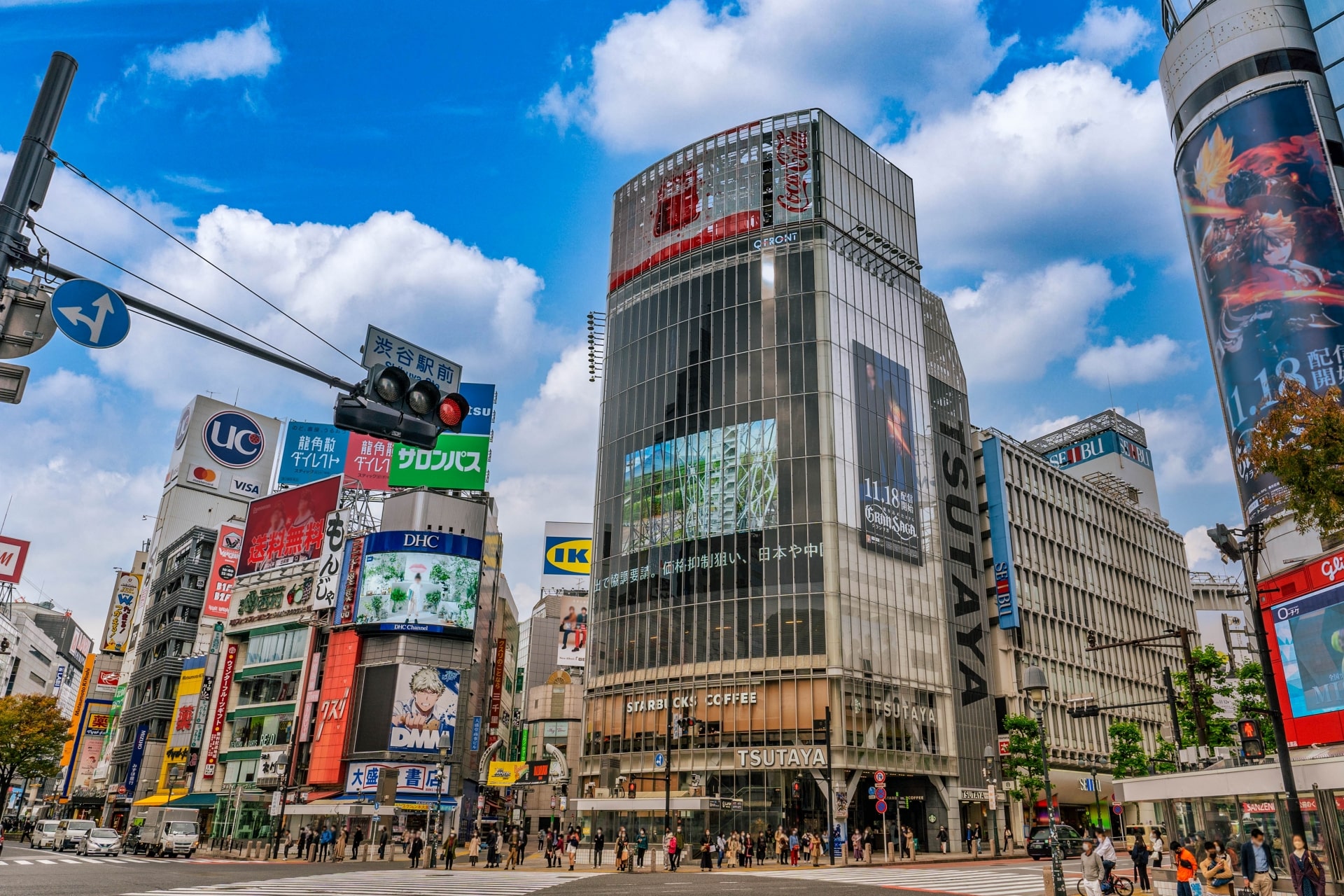
More info: Shibuya Crossing, the Most Famous Crossing in the World!
2. Shibuya Tsutaya
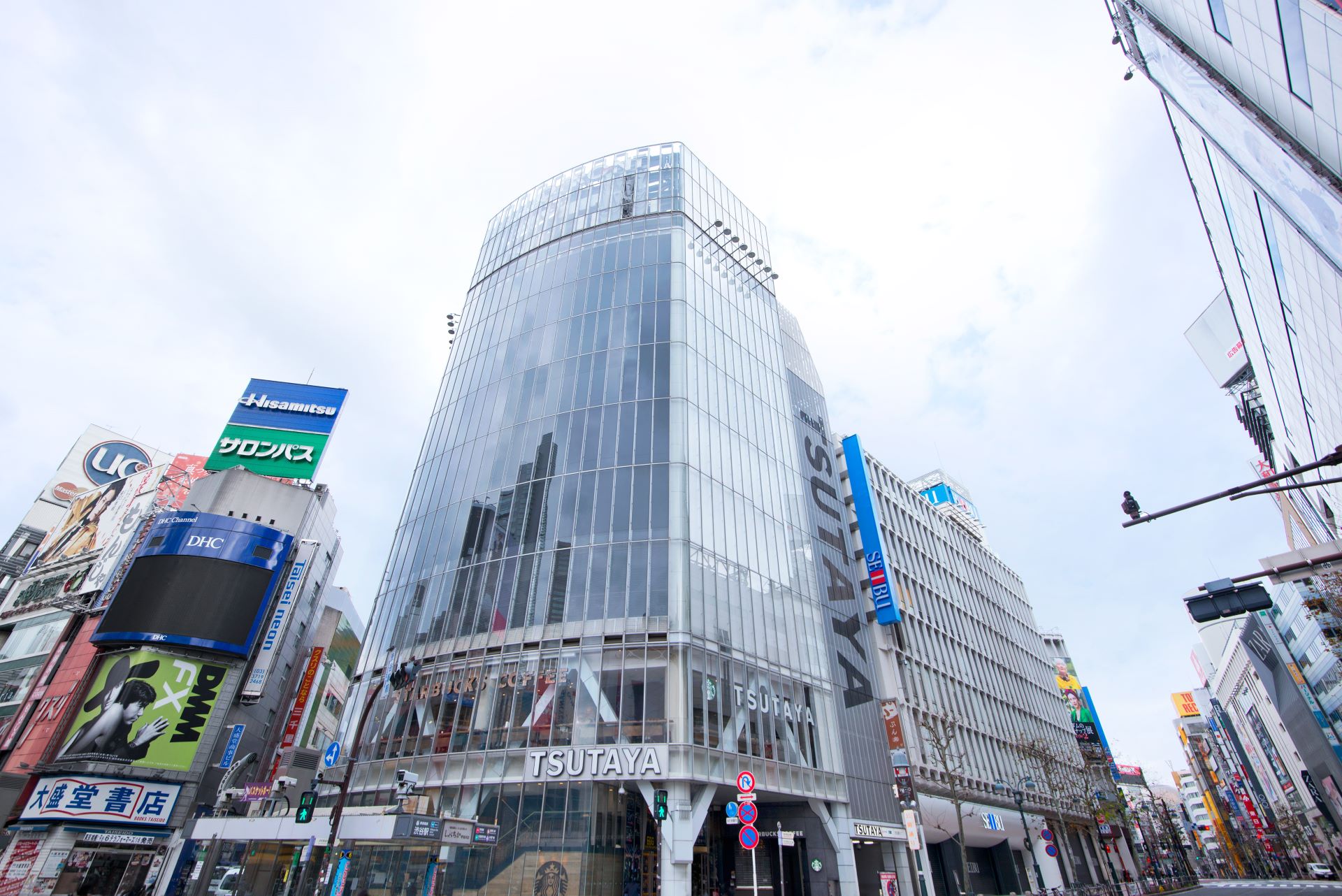
More info: Shibuya Tsutaya: A New Era for an Iconic Landmark
3. Shibuya Center Gai

More info: Shibuya Center Gai: Best Things to Do
The Hachiko Memorial Statue is a powerful symbol of loyalty and devotion. It commemorates the bond between Hachiko and his owner, Dr. Ueno, touching the hearts of many visitors and honoring Hachiko’s remarkable story. But it also serves as a reminder of the deep connections we can develop with our pets, who will give us their unconditional love, which is an experience that transcends cultures. Few tourist attractions get us to reflect on themes of love and loyalty like this one, which is one of the most powerful aspects of Hachiko’s legacy.
For more information about traveling in Japan, check these articles below, too!
Written by
Photographer, journalist, and avid urban cyclist, making sense of Japan since 2017. I was born in Caracas and lived for 14 years in Barcelona before moving to Tokyo. Currently working towards my goal of visiting every prefecture in Japan, I hope to share with readers the everlasting joy of discovery and the neverending urge to keep exploring.






